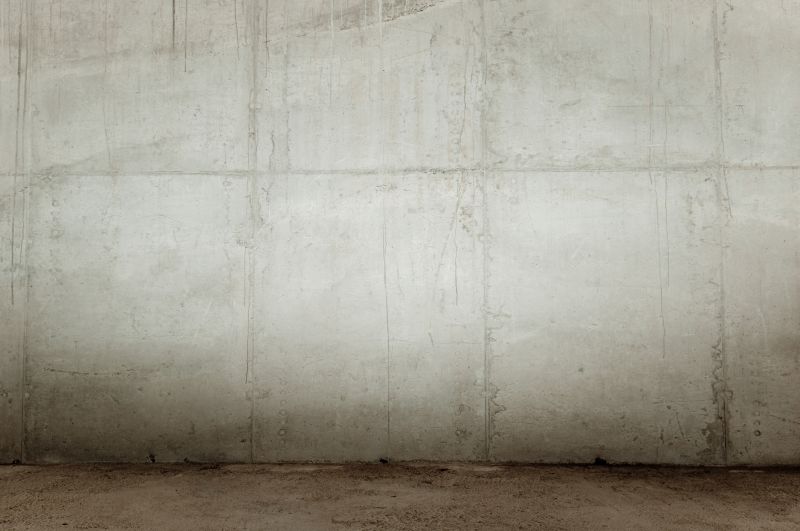Leading Products For Enhancing Concrete Wall Paintings
Choose from high-quality paints, brushes, and accessories that ensure vibrant, durable, and impressive concrete wall designs.
 Creating artwork on concrete walls involves selecting the right products to ensure durability, vibrancy, and ease of application. Different types of paints and finishes are designed specifically for concrete surfaces, which tend to be porous and textured. These products often feature formulations that adhere well to rough surfaces, resist chipping, and maintain color integrity over time. When choosing materials for concrete wall paintings, it is important to consider the environment where the artwork will be displayed, as well as the desired aesthetic and longevity.
Creating artwork on concrete walls involves selecting the right products to ensure durability, vibrancy, and ease of application. Different types of paints and finishes are designed specifically for concrete surfaces, which tend to be porous and textured. These products often feature formulations that adhere well to rough surfaces, resist chipping, and maintain color integrity over time. When choosing materials for concrete wall paintings, it is important to consider the environment where the artwork will be displayed, as well as the desired aesthetic and longevity.
Top Overall Option
Concrete Surface Paints
A versatile and durable type of paint designed specifically for concrete surfaces, offering excellent adhesion, vibrant color options, and resistance to wear and weathering. Ideal for both indoor and outdoor wall murals, these paints provide a solid foundation for artistic expression on concrete walls, ensuring longevity and visual appeal.
Types of Products For Concrete Wall Paintings
Acrylic Concrete Paints
Water-based paints with good adhesion and flexibility, suitable for indoor murals and decorative projects.
Epoxy Coatings
High-performance coatings offering excellent durability and chemical resistance, often used in industrial or outdoor settings.
Latex Paints
Affordable and easy to apply, providing good coverage and color retention for various concrete surfaces.
Textured Concrete Paints
Paints that add a tactile surface finish, enhancing visual depth and artistic effects.
Chalkboard Paints
Specialized paints that create writable surfaces suitable for interactive wall art.
Metallic Finishes
Paints with reflective properties that give a shiny, metal-like appearance to concrete murals.
UV-Resistant Paints
Designed to withstand sunlight exposure without fading, ideal for outdoor artwork.
Sealer and Topcoat
Protective layers that seal painted surfaces, enhancing durability and resistance to moisture and dirt.
Spray Paints for Concrete
Convenient for creating gradients, stencils, and detailed designs with aerosol application.
Brush-On Concrete Stains
Transparent or semi-transparent stains that add color while highlighting the concrete's texture.
Oil-Based Concrete Paints
Known for strong adhesion and durability, suitable for high-traffic or exterior surfaces.
Eco-Friendly Concrete Paints
Low-VOC options that minimize fumes and are suitable for sensitive environments.
Popular Choices
Widely used for their ease of application and vibrant finish, suitable for various projects.
Chosen for their robustness and resistance to chemicals and wear, often used in outdoor murals.
Popular for their affordability and ease of cleanup, ideal for indoor decorative murals.
Favored for quick coverage and detailed stencil work in street art and large murals.
Common in outdoor settings to maintain color vibrancy over time.
Used to add tactile effects and artistic depth to concrete surfaces.
Popular for protecting finished artwork from environmental damage.
Chosen for interactive wall art projects and creative displays.
Selected for their eye-catching reflective qualities in modern murals.
Valued for their durability in high-traffic or outdoor environments.
Growing in popularity for projects requiring low VOC emissions and safer application.
Concrete wall paintings can serve various purposes, from decorative murals in residential spaces to artistic installations in commercial settings. The choice of products can influence the final appearance, with options available for both indoor and outdoor use. For outdoor applications, weather-resistant and UV-stable paints are recommended to prevent fading and damage from exposure to elements. Indoor projects may allow for more versatile options, including matte, gloss, or textured finishes that enhance the visual depth of the artwork.
Preparation is a critical step in achieving a successful concrete wall painting. Proper cleaning, patching any cracks, and applying a suitable primer can improve adhesion and surface uniformity. Once the surface is prepared, selecting the appropriate type of paint or coating becomes essential. Many products are formulated to provide excellent coverage, color retention, and ease of layering, allowing artists and decorators to create detailed and vibrant murals or abstract designs.
In addition to paints, there are specialized tools and accessories that can enhance the painting process. These include stencils, brushes, rollers, spray equipment, and sealers. Sealers, in particular, can protect the finished artwork from moisture, dirt, and wear, extending its lifespan. Understanding the specific requirements of your project will help in choosing the most suitable products, ensuring that your concrete wall art remains striking and intact for years to come.
Key Buying Considerations
- Surface compatibility: Ensure the product is formulated for concrete surfaces.
- Indoor vs outdoor use: Select weather-resistant options for exterior applications.
- Color retention: Look for paints with good pigmentation and fade resistance.
- Finish type: Choose from matte, gloss, or textured finishes based on aesthetic preference.
- Application method: Consider brushes, rollers, or spray equipment for your project.
- Coverage area: Check the product’s coverage to estimate quantities needed.
- Drying time: Be aware of curing times to plan your workflow accordingly.
- Adhesion properties: Ensure the product adheres well to porous or rough surfaces.
- Sealing and protection: Use appropriate sealers to prolong the artwork's lifespan.
- Environmental conditions: Consider humidity and temperature during application.
- Ease of cleaning: Opt for products that are easy to clean up and maintain.
- Compatibility with other materials: Confirm that the paint works well with primers or sealers used.
- Brand reputation and reviews: Choose products with positive feedback from other users.
- Cost and value: Balance quality features with budget constraints.
- Safety and VOC levels: Check for low-VOC options if indoor air quality is a concern.
